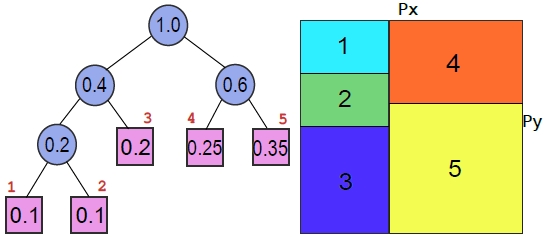A diffusion-based processor reallocation strategy for tracking multiple dynamically varying weather phenomena.
Preeti Malakar, Vijay Natarajan, Sathish S. Vadhiyar and Ravi S. Nanjundiah.ICPP 2013: Proc. Intl. Conf. Parallel Processing, 2013, 50-59.
Abstract
Many meteorological phenomena occur at different locations simultaneously. These phenomena vary temporally and spatially. It is essential to track these multiple phenomena for accurate weather prediction. Efficient analysis require high-resolution simulations which can be conducted by introducing finer resolution nested simulations, nests at the locations of these phenomena. Simultaneous tracking of these multiple weather phenomena requires simultaneous execution of the nests on different subsets of the maximum number of processors for the main weather simulation. Dynamic variation in the number of these nests require efficient processor reallocation strategies. In this paper, we have developed strategies for efficient partitioning and repartitioning of the nests among the processors. As a case study, we consider an application of tracking multiple organized cloud clusters in tropical weather systems. We first present a parallel data analysis algorithm to detect such clouds. We have developed a tree-based hierarchical diffusion method which reallocates processors for the nests such that the redistribution cost is less. We achieve this by a novel tree reorganization approach. We show that our approach exhibits up to 25% lower redistribution cost and 53% lesser hop-bytes than the processor reallocation strategy that does not consider the existing processor allocation.[PDF]
